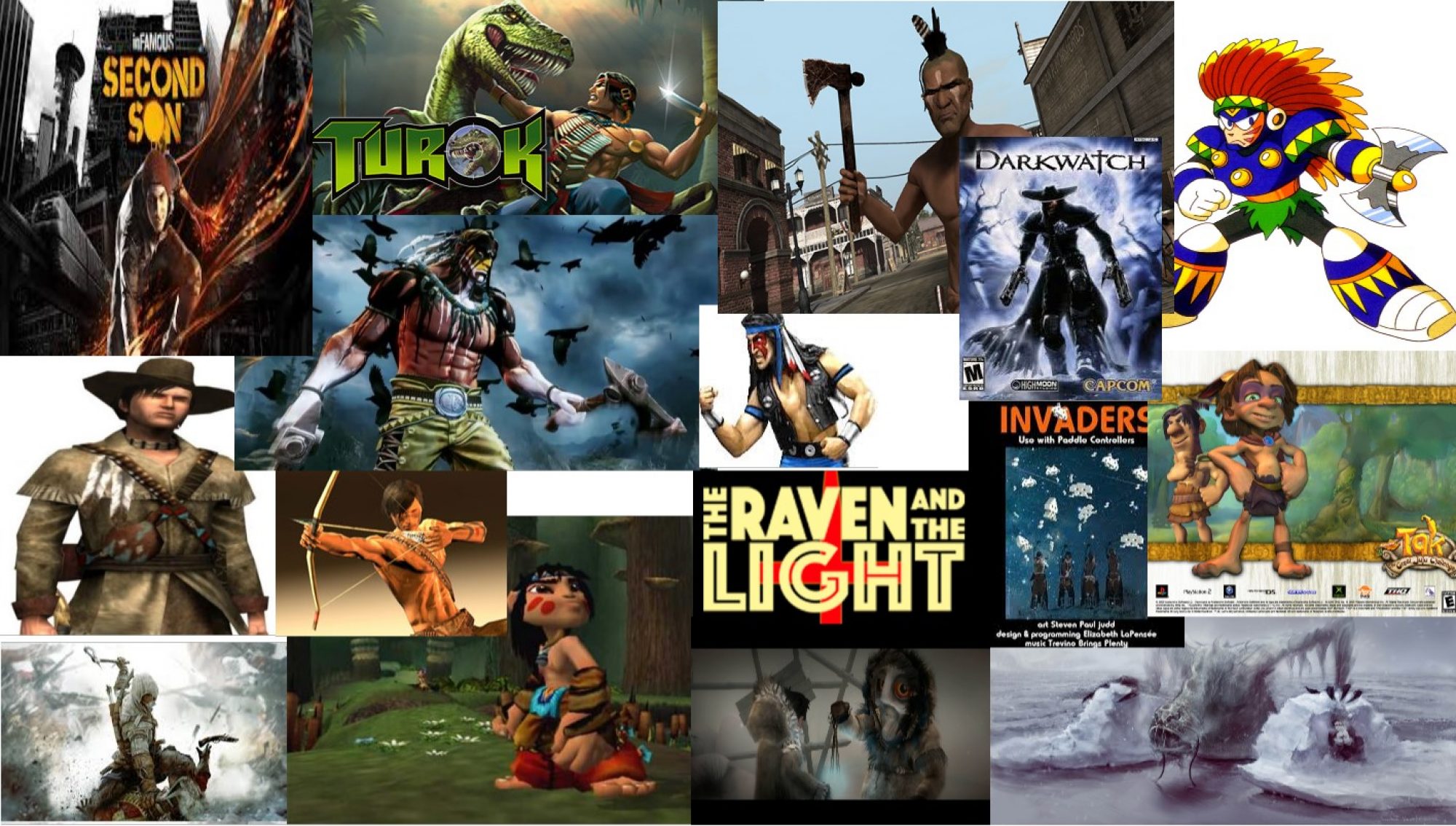
Silent Hill is a third person survival horror game based around psychological and mental horror themes. Originally started on the Sony PlayStation in 1999, the Silent Hill series extends over ten games. Although each game has a different story, characters, and some games even stray away from the gameplay style of the original, each game revolves around the iconic town of Silent Hill. In earlier installments, Silent Hill was a town shrouded in cults and demonic possessions. The eerie setting escalates as the town’s environment is covered in a thick smoke as a result of a slow burning coal fire underneath the town. Throughout the series, Indigenous representations are present in a few different ways. One is through the use of mystical burial grounds while the other involves popular stereotypical imagery.
Lost Memories:
One of the more notable pieces of Indigenous representation used in Silent Hill is the use of Native American burial grounds and the mysticism behind it. Silent Hill is said to be used by the local Native American tribes as “The Place of Silenced Spirits” or “The Place of the Silenced Spirits.” It was not only the spirits of the nations relatives that used the area, but also the spirits of the trees, rocks and the water surrounding them. The land was long considered to have a spiritual significance and air of mysterious power. The location was deemed to be a very holy place where rituals and ceremonies were held. A tribe who worshipped a deity known as Kwekwaxwe Kanesda, meaning “Nest of The Raven” thought of these grounds as spiritually significant. After colonization began to wipe out the remaining Indigenous populations surrounding Silent Hill, many European settlers began to colonize the land, turning the sacred grounds into a livable town, Silent Hill. During the 20th century, the formation of The Order, a cult who incorporated the beliefs of the Indigenous people that used to inhabit the lands surrounding Silent Hill, would reach their peak influence surrounding the town. One side story item that explains the history of the area is the book “Lost Memories” article is found in Silent Hill 2. In this book, it states:
“The name comes from the legend of the people whose land was stolen from them. They called this place ‘The place of the Silent Spirits.’ By ‘spirits’ they meant not only their dead relatives but also the spirits that they believed inhabited the trees, rocks, and water around them. According to legend, this was where the holiest ceremonies took place. But it was not the ancestors of those who now live in this town that first stole the land from these people. There were others who came before. In those days, this town went by another name. But that name is now hopelessly lost in the veils of time. All we know is that there was another name and that for some reason the town was once abandoned by its residents”.
The land surrounding Silent Hill is based on the stereotypical assumptions surrounding Indigenous burial grounds. The game’s history does not represent the importance of burial grounds for Indigenous communities. Western mainstream culture continues to be fascinated with disconnecting Indigenous sacred grounds with reality. “The American subject is obsessed with an originary sin against Native people that both engenders that subject and irrevocably stains it. Native American ghosts haunt American literature because the American nation is compelled to return again and again to an encounter that makes it both sorry and happy, a defiled grave upon which it must continually rebuild the American subject” (Bergland, 22). Removing history of significant and sacred locations dissociates the history of the nation. “Living Natives threatened the survival of new settler communities determined to carve a presence in colonized landscapes, and their removal through so-called Indian Wars and forced marches to Indian Territory is remembered as tragic and justified, fearsome and inevitable” (Boyd, xiii). Ghost stories change the perspective on the importance of Indigenous burial grounds, making them less connected to a culture’s identity.
Another use of Indigenous imagery is surrounding a convenient store in Silent Hill called: The Indian Runner.
The location first appears in Silent Hill 1 (PlayStation) as well as makes a minor appearance in Silent Hill Shattered Memories (PlayStation 2, Nintendo Wii). The only significant piece from the store aside from the name is the Native American statue that is displayed outside. The figure represents a stereotypical Native American man with headdress, beaded shirt, buckskin pants. Similar examples have been seen in other forms of traditional media as well. Television shows like Seinfeld, and Family Guy, show similar featured Native American stereotyped characters. The Native American statue follows patterns of negative stereotypes that reside in popular Western themed movies, comics, and television shows. The figure as well as the name of store represents a society that has taken over a once sacred Indigenous location, and celebrate the colonization and removal of the community, by placing their “trophy” of the Native American situated outside the Western themed grocery store.
Sources:
Bergland, Renée. The National Uncanny: Indian Ghosts and American Subjects. University Press of New England, 2000. Page 22.
Boyd, Colleen E. Phantom Past, Indigenous Presence: Native Ghosts in North American Culture and History. University of Nebraska Press, Lincoln and London, 2011.
Mayerfeld Bell, Michael. The Ghosts of Place Theory and Society 26. Kluwer Academic Publishers, 1997. Page 832.



